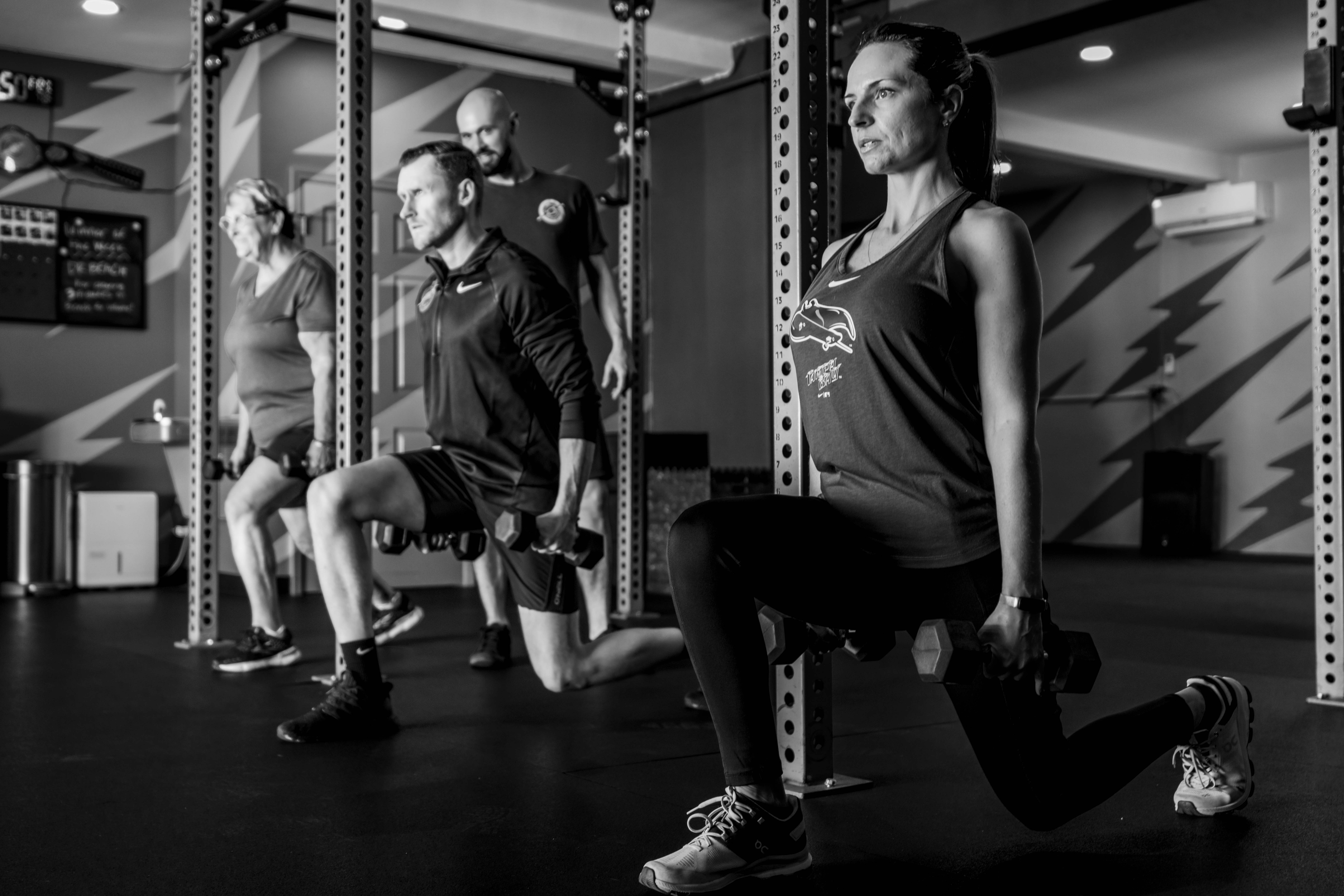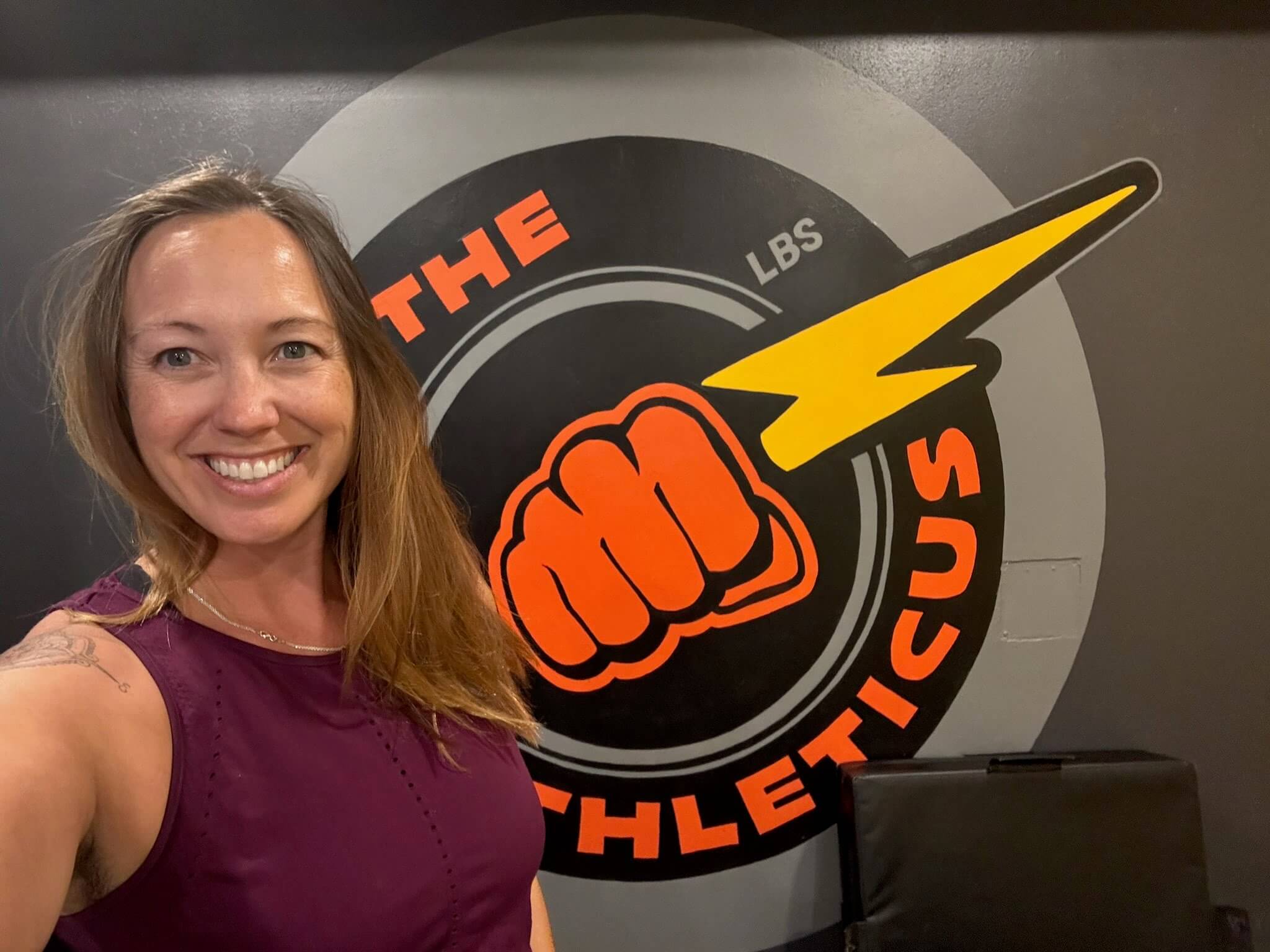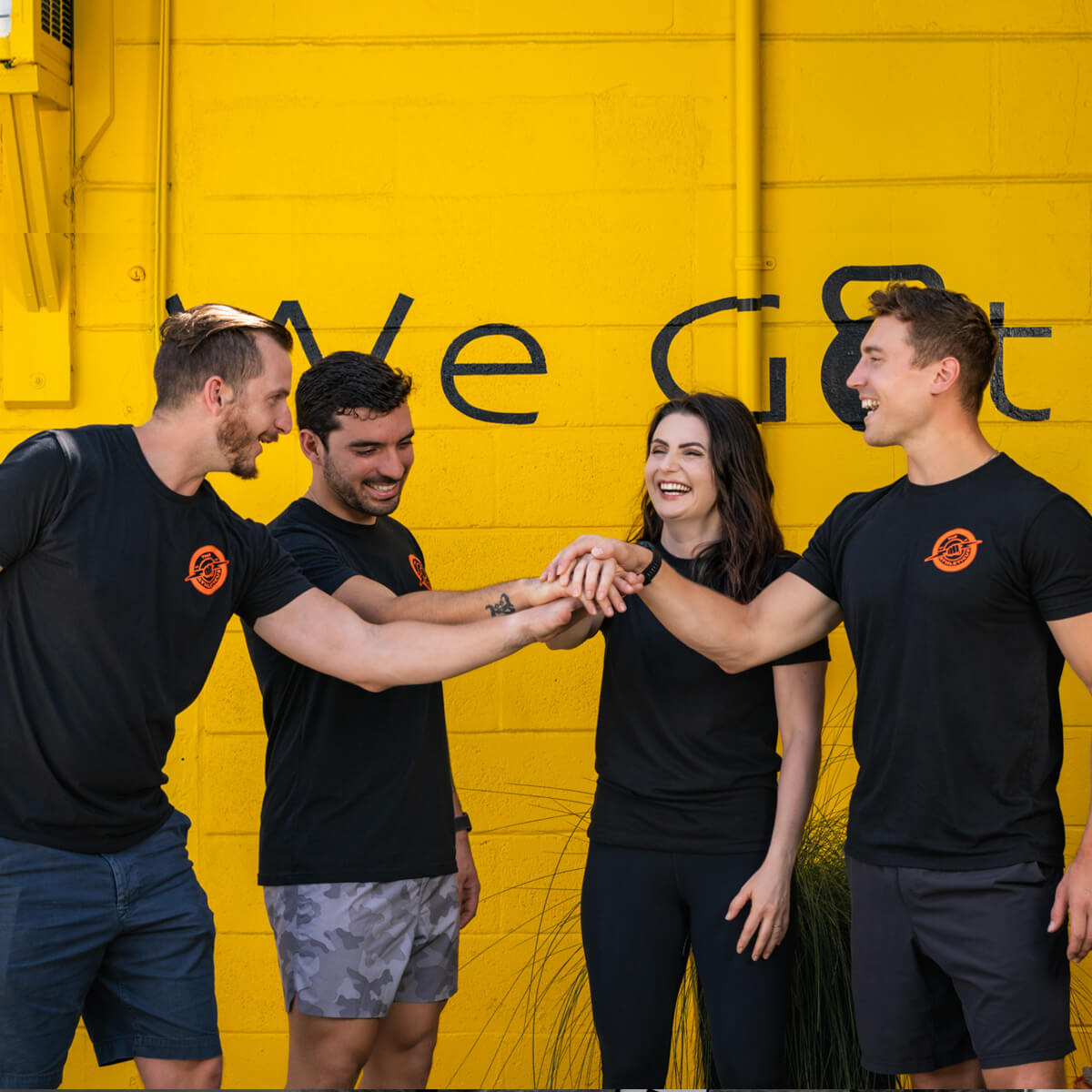Our core is more than the shredded six pack of abdominals that we see in photographs.
The core is actually the Lumbo-Pelvic-Hip complex, a series a muscles in the lower back, abdominal, and hip region. From the transverse abdominus and internal and external obliques, to the erector spinae, the multifidi, iliacus, Psoas, hip abductors and adductors, and gluteal muscles, the core consists of roughly 29 muscles! The LPHC is our power center, housing our center of gravity and is the basis from which all our appendicular movement generates from. A strong, engaged core improves posture, biomechanics, balance, and even mental health!
Core strength training can be accomplished in a variety of ways, but the most important aspect of training is to mindfully engage the core.
Whether core training is part of your warm up or cool down or has a dedicated 15 minute session, the attention and exercise selection make the difference. It can be done daily or every other day. Because chronic low back pain is one of the top three most common ailments in the United States, it is beneficial for everyone to implement a variety of core engagement activities each day.
Beginner core exercises include supine pelvic tilts, supine abdominal bracing, supine marches or modified deadbugs, Quadraped abdominal bracing and modified planks
Beginners can perform the movements for 5-30 seconds with the goal to increase the time gradually. Activation is the most important aspect, meaning quality over quantity. Performing 3-6 repetitions, or just to fatigue. Intermediate core exercises include bear crawl holds, full planks (on inclines or declines), bird dogs, bridges, weighted deadbugs and paloff presses. Advanced includes any of the above exercises performed on an unstable surface, such as a foam pad, foam roller, BOSU ball, or even mini trampoline. Any single leg or single arm activities such as step ups, single leg balance with or without an object toss, tripod planks, or rotational and multi planar movements like the paloff press and chopping movements.
Core work and posture work don’t require equipment, just body weight, but equipment like a BOSU ball, PVC pipe, bands, foam pads, or Pilates balls can help.
A great way to warm up the core is to practice diaphragmatic breathing exercises, pelvic tilts, 90-90 holds and abdominal bracing. Postural exercises such as scapular retraction and protraction, wall angels, hip and shoulder CARS (controlled articular rotations), hip internal and external rotations, and even yoga or Pilates exercises can improve core strength.
Conclusion
Whether you are working with a personal trainer, like the ones at The Athleticus, or weight training on your own, try incorporating these core and posture exercises into your fitness routine. Your body and joints will thank you!




